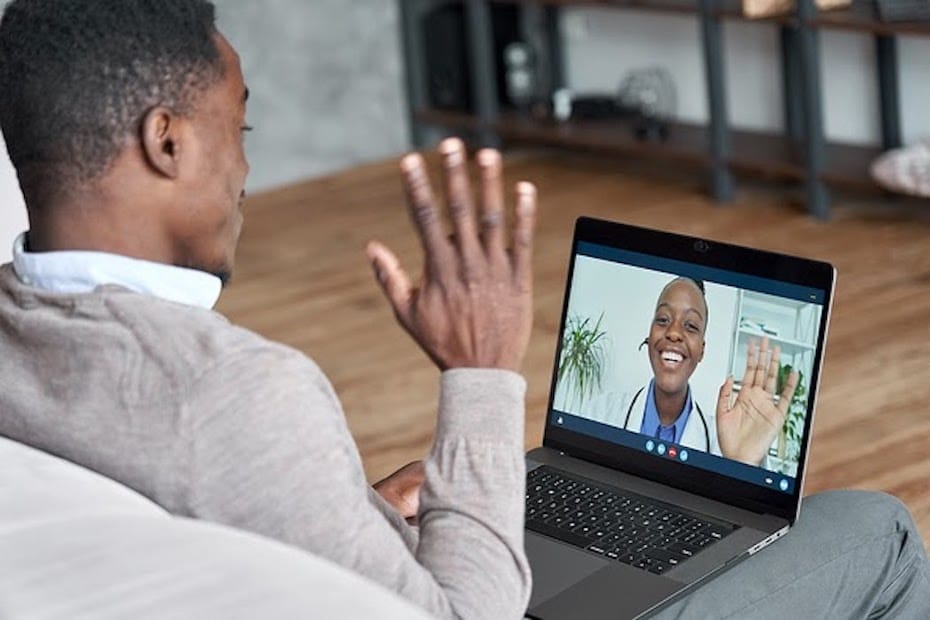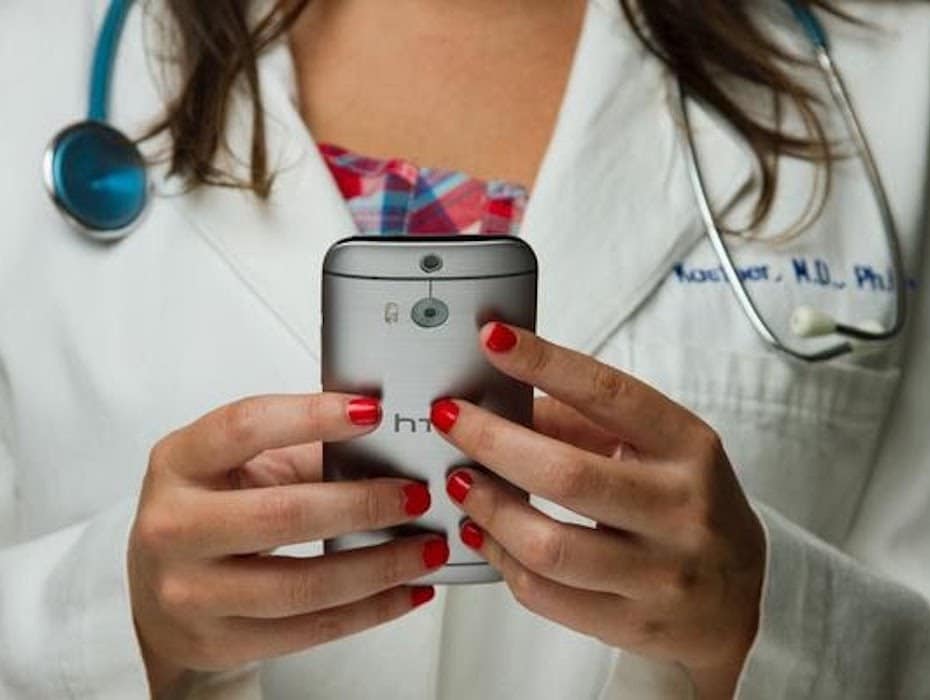In the wake of a global public healthcare crisis, patients and healthcare providers turned to telehealth technology, and patients have broadly accepted telehealth. Yet, what happens after the public healthcare crisis comes to an end? Will patients still be satisfied with the experience that today’s telehealth solutions deliver?
How can you improve your telehealth experience today, so you can position your healthcare organization for current and future success?
(RingCentral is currently offering RingCentral Office for free to healthcare providers.)
Have you really solved the challenges of telehealth?
Toward the end of August 2020, the KLAS Arch Research Collaborative published a study on how healthcare executives were dealing with the challenges of the public healthcare crisis. One of the questions researchers asked the 19 executives they surveyed was, “Have you solved the challenges of telehealth technology?” Eighty-four percent of respondents said “yes.”
What does it mean to solve telehealth technology challenges? Second, why are there so many executives who feel confident enough to say their healthcare organizations no longer face these obstacles? Healthcare IT expert John Lynn expressed surprise and skepticism at the results. He wrote, “Implementation and during a crisis users are much more forgiving than they’re going to be six months from now. And let me assure you that there’s still a lot of telehealth optimization left to go.”
Telehealth challenges: the perception and the reality
To understand why an overwhelming number of respondents say they’ve solved telehealth technology challenges, let’s examine how KLAS Arch defined these problems.
When asked what their biggest challenge was during the tumultuous events of 2020, just under a third of respondents said that it was telehealth. Specifically, the challenge was telehealth capacity or functionality. Eighty-four percent of respondents believed they had solved that issue by putting a telehealth solution in place. The same amount of executives also said they had addressed the challenges of working from home, yet only two-thirds said they had fixed problems with the effectiveness of virtual care.
In response to the survey results, Lynn wrote, “We’re at the start of telehealth really becoming mature and telehealth a year from now is going to look starkly different than what most healthcare organizations have implemented today.”
What does that mean for healthcare organizations? Just having a telehealth solution will be table stakes—what will truly differentiate your organization from your competitors is the patient experience you deliver.

Telehealth technology and the patient experience
The patient experience refers to every interaction a patient has with a healthcare organization. There are two things to remember about the patient experience:
- It starts before a patient even has an appointment with a provider.
- The provider and staff have the power to shape a patient’s experience so that it’s positive.
Telehealth technology can help providers deliver an excellent patient experience. There’s a caveat, though: the telehealth solution has to be designed to offer an outstanding interaction. What does outstanding interaction include?
- The ability to schedule appointments quickly
- Being able to easily access information
- Being able to communicate with providers on the patients’ terms
- Peace of mind that the virtual appointment is completely secure
The ability to schedule appointments quickly
Even before the global public healthcare crisis arose, patients weren’t happy with their experience, especially when it came to booking appointments. In Deloitte’s 2019 Global Health Care Outlook report, researchers discovered that one of the most frustrating parts of the healthcare experience is booking an appointment. Patients have to wait for a receptionist to answer their call, then check the provider’s schedule (which might involve being on hold).
This scenario doesn’t lend itself to a great patient experience, but with the right telehealth solution, it’s easier to book appointments. At smaller practices, calls are forwarded to a desk phone as well as a mobile phone and laptop, while larger practices have IVR technology in place to route the call to a live agent. The secretary at a small practice answers the call on the mobile phone and books the appointment at the computer; at the larger practice, the patient’s information automatically appears on the agent’s screen.
Being able to easily access information
This is probably a familiar scenario for many of us: after the appointment is over, you have a question for your provider. To speak to your provider, you need to book another appointment, which isn’t a great option.
With a patient access center, patients can connect to their providers without booking an appointment. Let’s say you have a question about your medication; you can contact the patient access center, and your provider can hold a brief conversation with you about the prescription. It creates a better patient experience because you get the information you need quickly and easily.
Being able to communicate with providers on the patients’ terms
In addition to being able to easily access information, patients want the ability to communicate with providers on their terms, not on the providers’ terms.
That means they want to be able to text, email, call, or hold a video conference with their providers, rather than to be told they can only make phone calls. Such capability improves the patient experience by making the experience more convenient and enjoyable for the patient.
Peace of mind that the virtual appointment is completely secure
A January 2020 survey from Kantar revealed that just over a third of consumers believe healthcare IT has the proper safeguards in place to protect their sensitive data. The right telehealth solution allays those fears by keeping personal health information safe.
A HITRUST-certified telehealth solution meets security rules efficiently, so it lowers the IT burden while shielding patient data from threats.
Going forward, patient experience will differentiate healthcare organizations. Prepare yourself now. Deliver the ideal patient experience. See how cloud communications are transforming healthcare. Get the demo.
Originally published Dec 15, 2020, updated Jul 25, 2024





